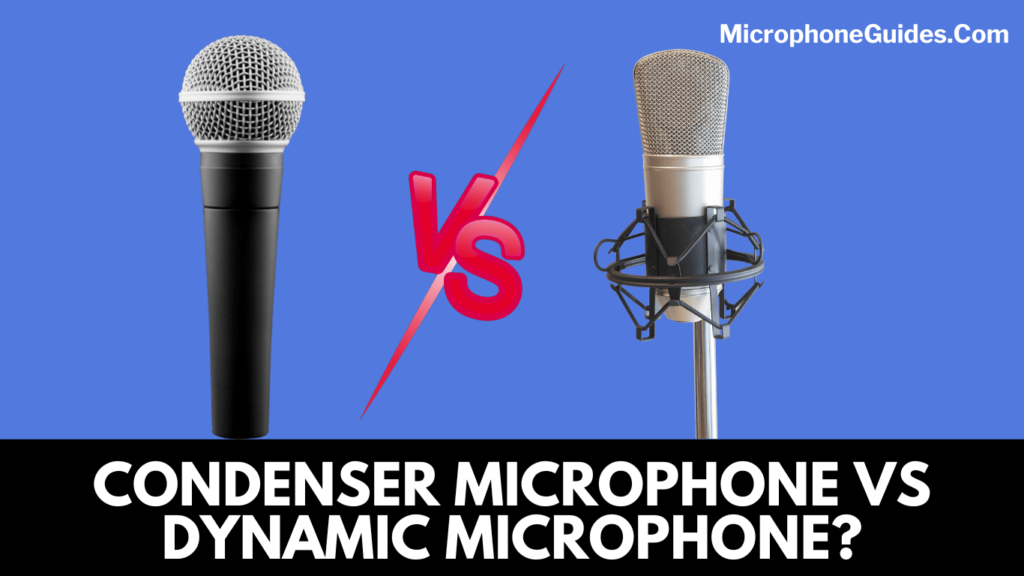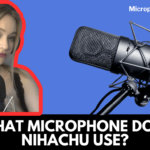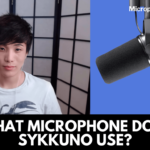
Let’s know them by it’s overview and features, likewise which one you should choose for your recording.
A general overview
The dynamic microphones make use of a diaphragm, voice coil as well as magnet for collecting and picking the sound waves and ultimately converting them into electrical signals. On the other hand, condenser mics utilize an electrically-charged diaphragm. The diaphragm vibrates and generates electrical signals to produce rich audio quality. It depends on your audio recording task regarding which mic will suit you. Below you can read out more of the details:
All about the Dynamic microphones
Dynamic microphones convert sound signals/waves into a voltage with the help of a magnet. In addition, these mics work similarly in the form of speakers. They use sound waves that eventually vibrate the diaphragm and thus produce electricity for sending the microphone’s output and, in the end, creating rich and crisp sound.
All about Condenser microphones
Condenser microphones function on the basic and primary principle of variable capacitance. You can say that these mics work like a battery. Most importantly, sound waves push the diaphragm to vibrate with the help of a magnetic plate. The vibrations boost the voltage and increase the output of the microphone. A few of the condenser mics have a built-in high pass filter as well as built-in pads. They are accompanied by a switch for altering the polar pattern.
When to use a dynamic microphone?
Dynamic microphones are known for their low sensitivity and also higher gain threshold. These mics remain perfect to be used in a wide range of live situations. According to experts, these are the best studio mics that one can go for. They show the perfect syncing with instruments like drums, guitar amplifiers, snare drums, keyboards, and brass instruments, and recording loud vocals.
When to use a condenser microphone?
You can use condenser microphones with bass drums, pianos, and acoustic guitars and record all kinds of vocals. These mics are generally and comparatively more sensitive to signal. If the signal range is too high to handle, much distortion will be produced. It is recommended to use them in studios rather than preferring them for live events.
Some general differences between a condenser microphone and a dynamic microphone
- Condenser mics are resistant to falls and less vulnerable to breakage. These mics can easily survive heavy falls and beats than dynamic mics.
- Dynamic mics do not require a power supply to run themselves. They can run without power. On the other hand, condenser mics always need some power supply.
- Condenser mics can handle high sound pressure levels.
- Dynamic mics sometimes change sound or audio quality depending on the load. This practice is commonly opted by passive dynamic microphones.
- Dynamic mics are comparatively cheaper than condenser mics. For economic reasons, musicians, singers, and vocalists prefer buying a dynamic mic.
- The signal phase of a condenser mic is different from that of a dynamic mic. You must note that the waveform of the output produced by a condenser mic is directly related and goes in sync with the sound pressure of the sound wave.
- On the other hand, the waveform of the dynamic mic is related and syncs well with the velocity of the sound wave. Whenever the pressure reaches its peak, you will notice that the condenser signal reaches max, and the dynamic signal gets to zero.
- Dynamic mics remain more sensitive and are highly impacted by temperature and humidity variations.
- A condenser microphone is not sensitive or gets affected by electromagnetic fields.
More about dynamic and condenser mics
Here you can check out more in-depth explanations about dynamic and condenser mics. Few individuals have certain misunderstandings regarding these mics. Now is the time to clear your ambiguities:
- Condenser mics believe to be more fragile than dynamic mics. They have got a delicate design and are only suitable and appropriate to be used in studios. Dynamic mics are not fragile, and you can have them for musical touring purposes.
- You must not assume that a condenser mic is always louder than a dynamic mic. This is not always true! It depends on the music application and mic sensitivity that determines the loudness scale.
- Dynamic microphones make use of electromagnetism to turn sound waves into voltage. Sound waves vibrate the diaphragm as well as create electricity and create sound.
- Dynamic mics are always preferable if you need a loud sound source. They seem to be the best fit for recording very loud and live vocals.
- Condenser mics are believed to be the preferred type to be used for studio applications. This respective microphone type gives you a bigger and more natural tone.
- We have seen that dynamic microphones showcase a cardioid or supercardioid pickup pattern. On the other hand, condensers opt for any pattern. They possess immense and tremendous ability to alter polar pickup patterns.
- To choose whether a dynamic or condenser microphone will work for you! You must remember the factors like the mic placement, the type of room where you want to record, and what musical instrument you want to accompany with that mic.
Conclusion
We have reached the concluding part now! The clear-cut difference has now been identified and mentioned to the reader about condenser and dynamic microphones.
Undoubtedly, these mics are of exceptional, rich, and advanced quality and are known for producing crisp and 100% digital audio quality! Recording vocals, streaming, podcasting, singing a song, and hosting will become exciting tasks now. You can share with us which mic you often use and your overall experience. Stay tuned to learn more about them.
William Souza Here, I Am Sound Specialist, Have Trained Many Musicians And Singers. I Write Blog Contents About Sound, Music, Microphone Reviews, Speaker Reviews, Sound Card Reviews And All About Sound/Music Reviews And Instruction. I Am Writing On This Blog MicrophoneGuides.com As On My Experience And Will Update More Information & Review About Different Microphones For Different Users.









